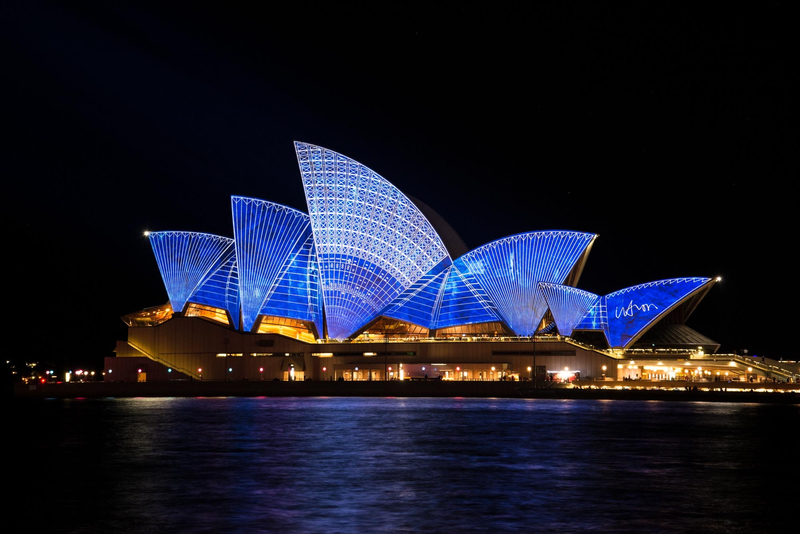The New South Wales Labor government has confirmed it will turn to consumers and local and shared storage as part of its plans to spend $1.8 billion to fast track its response to the proposed closure of the country’s biggest coal generator in two years time.
The Minns Government on Wednesday outlined a $1.8 billion “boost” to help “rescue NSW’s energy transition”, and fill the gap that will be created by Origin Energy’s planned closure of the 2.88GW Eraring coal facility in August, 2025.
The Australian Energy Market Operator has said that if government tenders for nearly a gigawatt of “firm power” and other renewable and storage projects are delivered on time, then there should be no breach of the country’s tight reliability standards.
But NSW – fearing delays in project delivery and commissioning – has decided to fast-track other measures that could boost the capacity and reliability of the grid over the short term.
The $1.8 billion package – announced at the site of a new community battery at Blacktown in western Sydney – includes a previously announced $1 billion to establish the Energy Security Corporation.
This was largely seen as a vehicle to support pumped hydro storage, which hasn’t been able to compete with batteries even when the guidelines require eight-hour storage.
…


Unfortunately 363GWh/60kWh = 6,050,000 cars, which goes to 18,150,000 cars if we only allow 1/3 of the battery charge be used, which is over 90% of the 20 million cars figure you mentioned.
We also havent considered things like big industrial loads, which can have very large energy demands. I think it will be more likely they would require energy storage closer to their location, as drawing power from distributed sources across the entire grid would lead to a lot of grid congestion, as well as higher resistive power losses from transmitting greater distances. Having batteries closer to the large loads would be more similar to how the grid operates now, as the big industrial loads often get their own distribution transformers and lines connected to the transmission system so they don’t negatively impact the distribution lines that provide population centres.
I think it is also worth taking into account the evolution of energy storage tech as well. There are far fewer limitations (size, weight) for land based energy storage types, and there is a lot of research going into more sustainable batteries, but these may not be suitable for EVs for some time. https://cosmosmagazine.com/technology/energy/sodium-ion-batteries/
You are right in the sense that as a significant percentage of the population owns a car, and therefore will forseably own an EV, it would be more sustainable to use that energy storage for the grid, rather than doubling up on energy storage devices.
I’d be interested to know what Australia’s annual energy use would be if the large industrial loads weren’t considered. It may even be that EVs could cover a considerable percentage of residential and commercial energy demand.
Either way, V2G will have an important role to play to completely electrify Australia and the rest of the state governments should pull their fingers out and allow it.
@Wiggles good pick up. I was out by a factor of 1000. I should have double checked. But even if is not so compelling, it’s still a technology that has the possibility to make a huge impact. EV storage is only going to increase.
There are V2G chargers on the market now, but it’s illegal to connect them to your home outside SA.
There should be no impediment, particularly when state governments start talking about relying on home storage for grid stabilization.